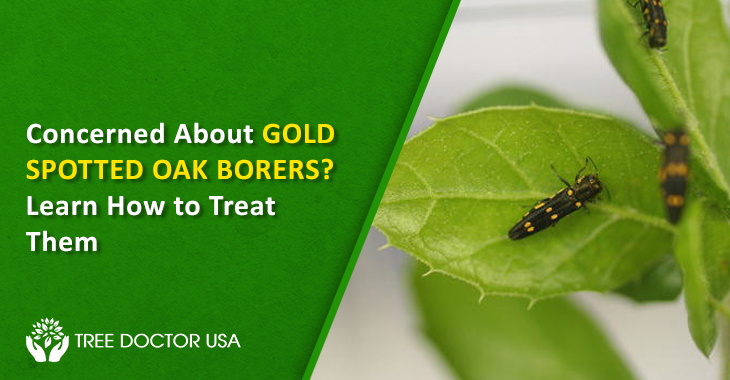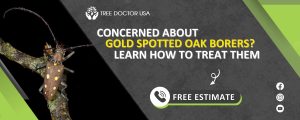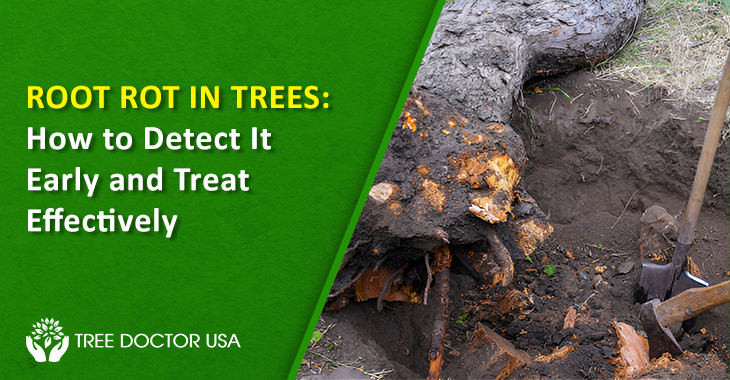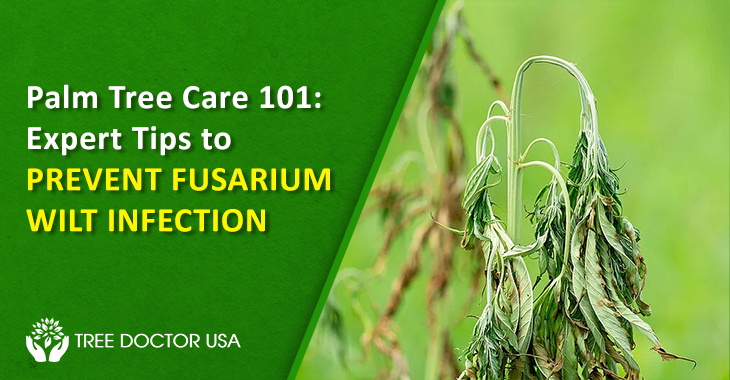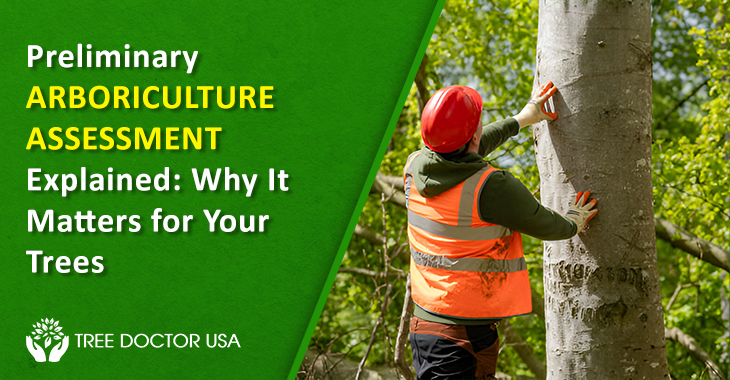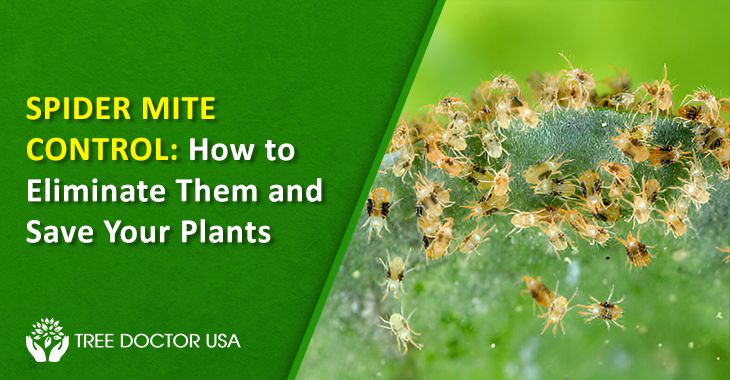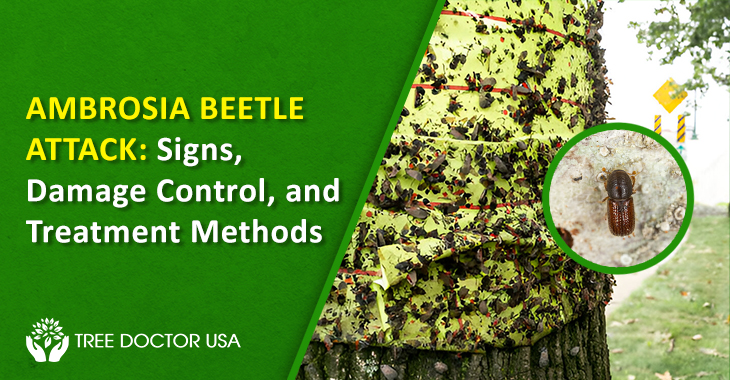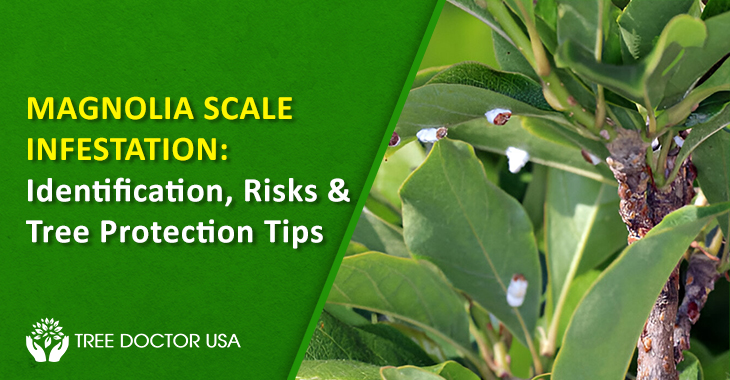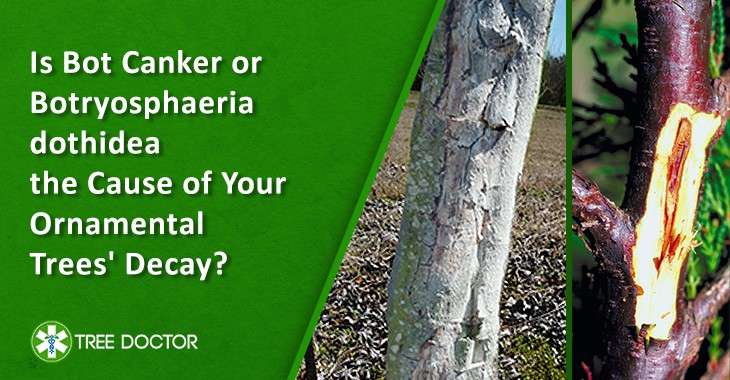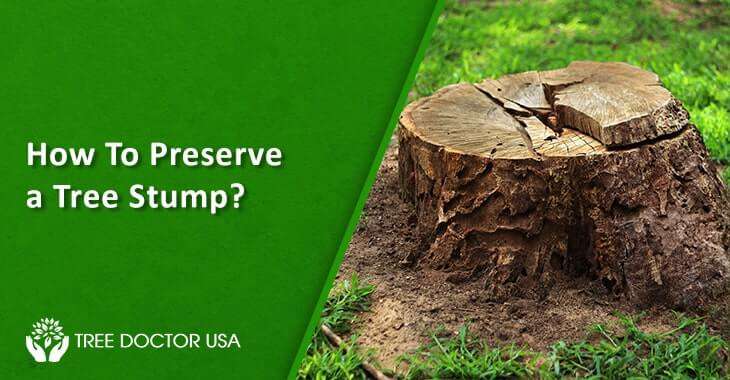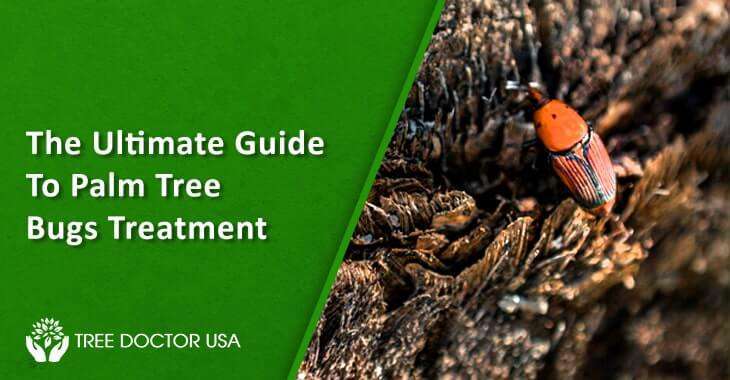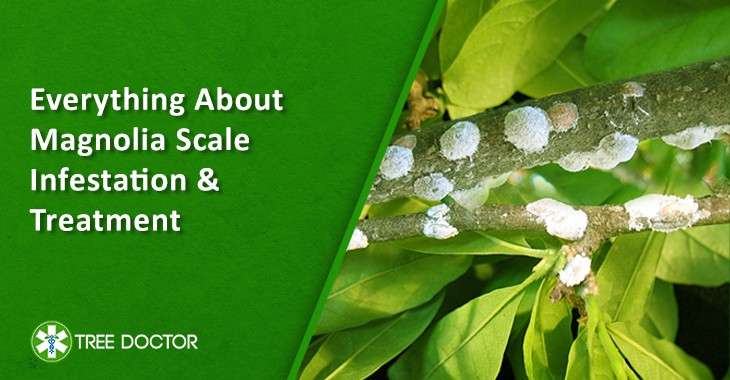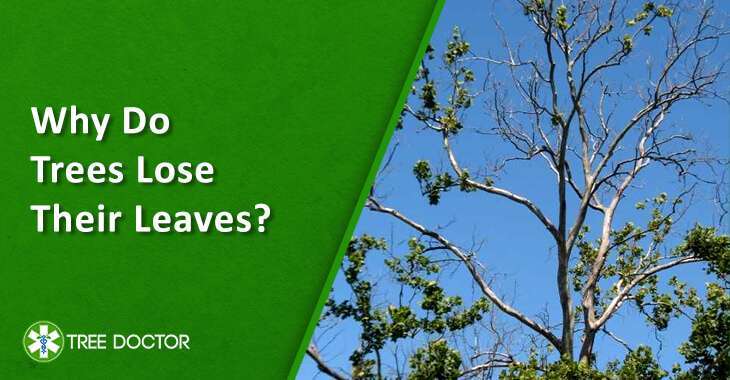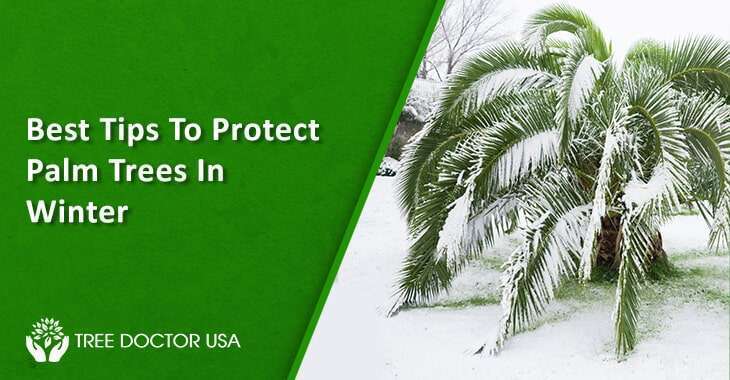Concerned About Gold Spotted Oak Borers? Learn How to Treat Them
Did you know Gold Spotted Oak Borers (GSOB) have killed over 80,000 oak trees in Southern California? These tiny pests are a major threat to oak trees, causing severe damage. If you’re concerned about your oak trees, understanding Gold Spotted Oak Borer treatment is crucial.
What is the Gold Spotted Oak Borer?
The Gold Spotted Oak Borer (Agrilus coxalis) is a small beetle that attacks oak trees, particularly coast live, black, and canyon live oaks. The larvae bore through the bark, creating tunnels that disrupt the tree’s ability to transport nutrients and water. This leads to severe damage and often death of trees.
How to Spot the Infestation?
Identifying a GSOB infestation early is key for tree disease treatment. Look for these signs:
- D-shaped exit holes in the bark
- Dark, wet spots or oozing on the trunk
- Canopy thinning and branch dieback
- Increased woodpecker activity (they feed on the larvae)
Once you notice these signs, it’s important to act quickly and begin Gold Spotted Oak Borer treatment before the damage becomes irreversible.
Why is the Gold Spotted Oak Borer Dangerous?
GSOB larvae feed on the inner bark and sapwood of oak trees. This disrupts the flow of nutrients within the tree, causing it to weaken and die. An infested oak can die within a few years without timely tree disease treatment.
Effective Gold Spotted Oak Borer Treatment Methods
Insecticides
Insecticides have been used mainly as a primary way of controlling the spread of gold-spotted oak borer. These are applied directly on the tree’s trunk and can be absorbed to eliminate larvae. Always use insecticide that has directions for borer usage and consult a certified arborist on how to apply it safely.
Systemic Injections
Systemic insecticides are introduced into the tree to penetrate the chemicals and defend the tree from within. This tree disease treatment works due to the simple fact that the borers feed on the inner bark of the tree.
Tree Removal
Sometimes, the infestation is severe, and a tree has to be cut down, especially if it is heavily affected. This minimizes the chances of transmission of the beetles to other healthy trees. One should consult a professional arborist and determine whether this is the case.
Preventative Care
Healthy trees are less likely to be infested. Regularly watering and fertilizing your oak trees can strengthen their natural defenses. This simple tree disease treatment method goes a long way in preventing infestations.
Best Practices for Tree Disease Treatment
- Prune properly and remove dead or dying branches. This reduces areas where the borers may attack.
- Avoid wounding the tree, as wounds may attract GSOB. Be careful when mowing or trimming near the tree.
- Put an additional mulch ring at the tree’s base to retain moisture and protect the tree’s roots.
How to Protect Other Trees from Infestation?
If you already possess infested trees, it is necessary to look after certain measures to check the spread of the beetles. This includes constant monitoring and prevention strategies.
Do not relocate the firewood obtained from infested trees. Such firewood can introduce the beetles to other trees. Also, preventative methods should be used. Preventative Gold Spotted Oak Borer treatment, such as systemic insecticides, can be used for healthy trees close to an infestation.
The Life Cycle of the Gold Spotted Oak Borer
To administer effective tree disease treatment, knowledge and understanding of the life cycle of the gold spotted oak borer is of great importance.
- The first stage is the egg stage. In this stage, eggs are laid in the bark’s cracks during spring and early summer.
- The second stage is the larval stage, in which the bore enters the bark and feeds on the tree for several months.
- In the pupal stage, the larvae then pupate in the tree, emerging as adults.
- The last stage is the adult stage, in which the beetles emerge through D-shaped holes and continue the cycle by laying more eggs.
The entire cycle takes about a year. Knowing when the larvae are active helps in timing your Gold Spotted Oak Borer treatment. As a homeowner, you can do a lot to protect your trees. Start by being proactive in your tree disease treatment approach. Make sure to do regular inspections, maintain tree health, and use insecticides timely. Early care can save your trees.
Preventing Oak Borer Spread – What Can You Do?
As always, prevention is better than cure. The first tree that the Gold Spotted Oak Borer infests is the source of infestation to other nearby oaks. Preventive measures against the spread include:
- Avoid Moving Firewood: Especially in county regions, one of the most notable means of transport for the GSOB is through infested firewood. If someone takes their firewood from where they are and relocates it, they will likely be carrying the beetles or their larvae to new places. Always use local firewood and prefer not to change it over long distances.
- Destroy Infested Trees: If a tree is beyond saving, removing it will be the best choice. Moreover, accurately getting rid of the infested timber can help prevent the borer beetles from moving on to other feasible trees. The wood should be shredded or burned, it should never be left in log cuts as the beetles will keep nesting in these areas.
- Insecticide Barriers: As part of preventive control, there are trees that are already cut but the Gold Spotted Oak Borer has no access to them. These trees can be protected by applying a Gold Spotted Oak Borer treatment using systemic insect repellants. It helps create a chemical impenetrable pack around edible plant bore-holes to guard against insects before actual destruction sets in.
Long-Term Management of Oak Trees
Post Gold Spotted Oak Borer treatment follow-up is quite essential for the long-term management of oak trees. Oak trees, when properly looked after, can live for hundreds of years. Therefore, regular checkups will make sure the trees remain healthy and withstand pests. There are several different ways to manage oak trees in the long term. Some of them include:
- Annual Inspections: It is important to hire a certified arborist for tree inspections at least once every twelve months. Proper vigilance about new prowlers can potentially salvage your stalks from further irreparable harm.
- Planting More Variety Of Trees: If you are constructing new fences on your property, a good number of trees should be planted as well. When the landscape is spanned with more than one variety of trees, they are less vulnerable to destruction by a single pest. Although such species are in big demand and worth a lot, planting them with others decreases the chances of GSOB manifolds.
- Public Awareness: Residents in endemic regions should educate and sensitize their immediate neighbors and the general public on possible cases of GSOB infestation.
Conclusion
Gold Spotted Oak Borer treatment is important for protecting oak trees from severe damage. Regular monitoring, early treatment, and preventive care are your best defenses. By following proper tree disease treatment methods, you can keep your oak trees healthy and strong.

